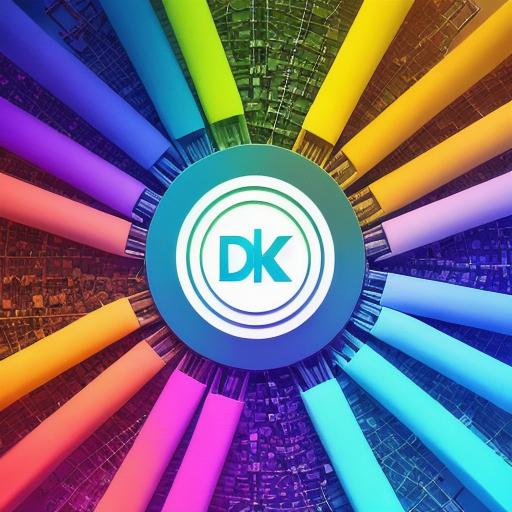Web3 technology has been making waves in recent years, promising a new era of decentralized and secure online experiences. One of the key components of Web3 is its layer 1 (L1) protocols, which provide a foundation for building scalable and efficient decentralized applications (dApps). In this article, we will explore the benefits of using Web3 Layer 1 for enhanced online experiences and how it can help Web3 developers create more engaging and secure dApps.
First, let’s understand what Web3 Layer 1 is and why it matters. Web3 Layer 1 refers to the underlying protocols that enable decentralized networks to function securely and efficiently. These protocols include consensus algorithms (such as proof-of-work and proof-of-stake), transaction validation, and smart contract execution. By choosing a suitable Web3 Layer 1 platform, developers can create dApps that are fast, reliable, and resistant to censorship and attacks.
One of the main benefits of using Web3 Layer 1 is its ability to provide scalability. With traditional centralized systems, scaling is often limited by the capacity of a single server or network. In contrast, Web3 Layer 1 protocols are designed to handle high volumes of transactions and data without compromising performance. This means that dApps built on Web3 Layer 1 can handle large numbers of users and transactions with ease, making them ideal for applications such as decentralized exchanges (DEXs), gaming platforms, and social networks.

Another benefit of Web3 Layer 1 is its ability to provide security. Decentralized networks are inherently more secure than centralized systems because they rely on a distributed network of nodes rather than a single point of failure. By using Web3 Layer 1 protocols, developers can create dApps that are resistant to censorship and attacks. This is particularly important for applications that handle sensitive data or financial transactions, where security is paramount.
Web3 Layer 1 also provides flexibility. Different Web3 Layer 1 platforms have different features and capabilities, allowing developers to choose the platform that best suits their needs. For example, Ethereum is a popular choice for building smart contracts and dApps, while Binance Smart Chain is known for its speed and low gas fees. By choosing the right platform, developers can create dApps that are tailored to their specific requirements.
Real-life examples of Web3 Layer 1 in action are plentiful. One such example is Uniswap, a popular decentralized exchange built on Ethereum’s Layer 2 protocol. Uniswap has become one of the largest decentralized exchanges in the world, handling billions of dollars in trades every day. Another example is MakerDAO, a decentralized lending platform that allows users to borrow and lend cryptocurrency. MakerDAO has become an essential tool for many investors and traders, providing a secure and efficient way to access credit on the decentralized market.

In conclusion, Web3 Layer 1 is a powerful tool for building scalable, secure, and flexible dApps. By choosing the right Web3 Layer 1 platform and implementing best practices, Web3 developers can create dApps that are engaging, innovative, and resistant to censorship and attacks. As the world continues to shift towards decentralized technologies, Web3 Layer 1 will undoubtedly play a key role in shaping the future of online experiences.
FAQs:
Q: What is Web3 Layer 1?
A: Web3 Layer 1 refers to the underlying protocols that enable decentralized networks to function securely and efficiently. These protocols include consensus algorithms, transaction validation, and smart contract execution.
Q: What are the benefits of using Web3 Layer 1 for enhanced online experiences?
A: Web3 Layer 1 provides scalability, security, and flexibility. It allows dApps to handle high volumes of transactions and data without compromising performance, providing a secure and resistant platform for decentralized applications.
